
Summary
“Purpose (Indications)“
Hump on nasal dorsum
Nose crooked
Bulbosity to nasal tip (tip too wide)
Difficulty breathing
“What It Does“
Straightens septum (dividing partition inside nose) to improve airway
Contours and reshapes nasal bones and cartilage to make nose straight and more proportional
“Technique“
Usually done through nostrils without any external incisions
Special instruments used to work through nostril opening to reshape bones and cartilage
Dissolvable sutures instead of packing the nose (more comfortable for patient)
Flesh-colored tape and nasal splint remain on nose for one week to mold and protect tissue
“Recovery Time“
7 days in most cases
“Recovery Instructions“
Ice compresses for first 48 hrs. to help minimize bruising and swelling
Keep nasal dressing dry for 1 week
No lifting over 10 lbs. or straining for 1 week
Sleep with head elevated for 2 weeks
Use protective nasal splint when wearing glasses for first 4-6 weeks after surgery
“How Long It Lasts“
Usually permanent
“Ancillary Procedures Commonly Performed In Conjunction With Nasal Surgery“
Chin implant surgery
Blepharoplasty
Endoscopic forehead lift
Facelift
Otoplasty
More Information
Nasal surgery is one of the most frequently performed surgeries. It is done not only for appearance, but also to improve breathing. The nose has multiple growth centers and doesn’t mature until we reach puberty. Childhood trauma can damage these growth centers, with the end result being a crooked nose (both internally and/or externally). At other times, nasal characteristics may be an unwanted ethnic or family trait obtained through inherited genetics. Still other times, nasal aberrations may be directly related to more recently documented injury. Unfortunately, increased athletics, and increasing emphasis on keeping physically fit have also been associated with an increased number of nasal injuries. Fortunately, facial plastic surgery can often correct this problem.
“What Will You Look Like“

The nose is an individual characteristic. A nose that is natural for their face needs to be proportional for the face. The nose that looks right for the attractive model in a magazine, may not look right on your face. It may not be the right proportion for your face. The nose must be symmetrical and proportional.
The distance between the tip of the nose and the base should ideally equal the distance from the base to the upper lip. The angle between the nose and the upper lip (nasolabial angle) should be between 100 to 100-degrees. The base of the nose should fall within the plane of two lines drawn perpendicular from the inner aspect of each eye.
The nose consists of bone, cartilage and skin. The aesthetic obtainable result is limited to a large extent by the strength, tone, and shape of these tissues. Just as an artist is limited by the quality of the materials he uses, so is the facial surgeon limited by the patient’s tissues.
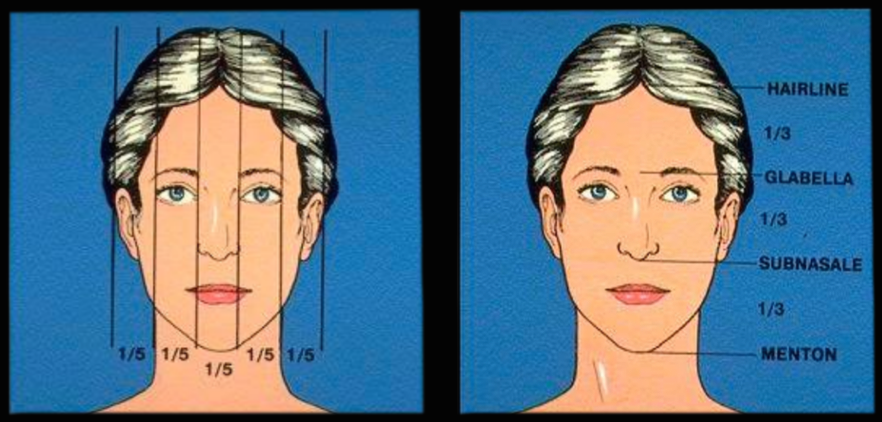
Internally, one needs to think of the nose as an A-framed house with the middle partition (the septum) dividing it into equal parts. Unfortunately, often this middle partition is not straight. If it is deviated, widened, or thickened, it results in airway obstruction. This is the so-called “deviated septum”. The lining of the nose is not straight. There are three projections on each side of the nose called turbinates. They provide more of a surface area for the nose to perform its functions. The function of the nose is to warm the air, increase humidification of air, and filter out impurities. The turbinates can become enlarged abnormally due to trauma or inhalation allergies. If they enlarge too greatly, they can obstruct the ostia drainage passages from the sinuses. This results in sinus headaches or infections. Many times the turbinates will swell at night when one is reclined. Mouth breathing, snoring, sore throats in the morning, chronic nasal congestion, posterior nasal drainage, nose bleeds (epistaxis) can all be signs of nasal deformity which may be decreased or eliminated with nasal surgery. (consider placing a table listing the common nasal symptoms).
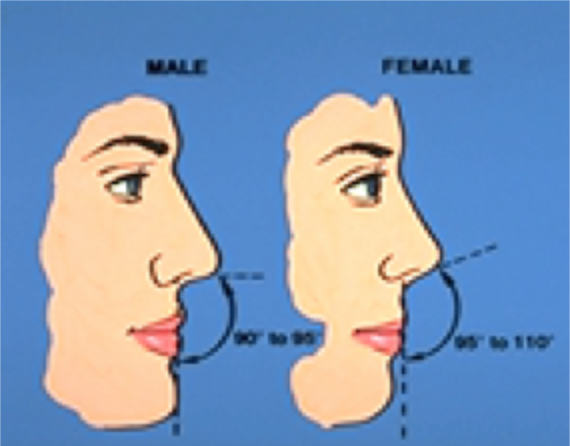
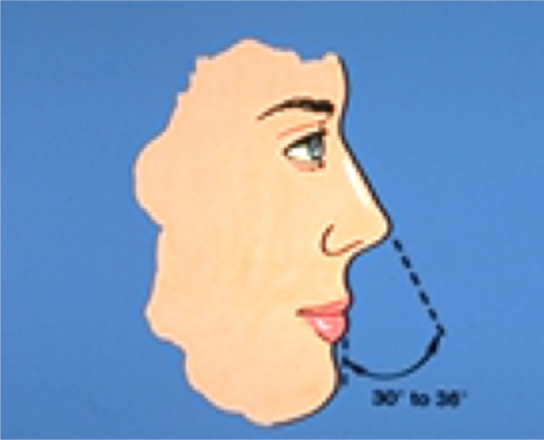
“How Surgery is Performed“
All surgical incisions are made inside the nose. On occasion, an incision is made at the base of the nose or at the base of the nostrils. However, this is rarely done and these incisions are usually undetectable when fully healed.
The mucosal lining over the septum is elevated using special instruments. The deformity and irregularity of bones and cartilage are identified and the bones and cartilage are repositioned to improve the nasal airway. In most cases, “packing” the nose following surgery can be avoided by using dissolvable suture which precisely reposition tissues. While this technique may be more difficult than packing the nose, it is much more accurate. It also avoids the pain and pressure associated with packing and the pain of having packing removed. Through small incisions made inside the nose, the external abnormalities can be contoured. Small instruments are used to make incisions in the bones and cartilage to reshape enlarged or twisted structures. Special dressings are used to remold and reshape the nose. Dissolvable sutures are used to close the incisions so no sutures have to be removed. A nasal dressing of tan colored tape and a metal splint are worn for approximately one week to help mold the bones and cartilage into the desired shape.
“Recovery“
It is important to minimize the amount of swelling and bruising following surgery. For this reason, a dressing which covers the eyes and nose is commonly applied for the first four hours following surgery. This helps to greatly reduce swelling and bruising post-operatively. After the dressing is removed, ice compresses are applied continuously for the next 48 hours.
At the end of one week, the dressing is removed without discomfort to the patient. A special liquid is applied to the dressing which loosens the tape allowing it to be easily removed. At this point, most individuals will see a significant improvement in their nose. The nose will still be swollen and there will be significant changes as the nose fully heals over the next twelve months. Ninety percent of individuals can see a positive change at one week following surgery. However, approximately ten percent of individuals may have more swelling and bruising which may persist for a number of weeks. While it takes one year for the nose to fully heal, after three to four months, significant trauma is needed to distort the alignment of the nasal structures. For this reason, it is recommended to avoid contact sports, diving, and other activities which can lead to more problems with the nose for the first 3-4 months after surgery.
It is important to avoid wearing glasses of any kind for the first four to six weeks after surgery. The constant gentle pressure of glasses can result in movement or repositioning of the nasal bones. For this reason, individuals who do need to wear glasses must wear a protective splint to avoid pressure over the healing nasal bones.
Following nasal surgery it is necessary to sleep with the head elevated approximately 45-degrees for two weeks. Sleeping with the head higher than the heart helps to markedly decrease the amount of swelling and bruising. Lifting more than five to ten pounds for the first two weeks is also prohibited following surgery. During this time frame, the patient should refrain from engaging in any activity that causes the heart rate to accelerate. This could result in more swelling and increase the possibility of developing a nose bleed. Blowing the nose for the first two weeks following surgery should also be avoided. If one has to sneeze, they should sneeze with their mouth open to minimize the irritation to the healing nasal tissues.
Following surgery, ice compresses are used for the first 48 to 72 hours. Ice packs appear to be too heavy and do not work in the creases. For this reason, ice water soaked washcloths, folded into an inverted V configuration appear to be ideal. They are easily draped over the nose and contour over these areas. They should be changed every ten minutes for maximum results. A drip pad or moustache dressing is commonly applied after surgery. This is simply a gauze square which is used to collect any drainage from the nose. It is not uncommon to have to change this several times during the first few hours after surgery. After several days a drip pad may not be necessary, however, if one continues to have drainage and required dabbing the nose with a facial tissue, one should wear the drip pad as continued manipulation at the base of the nose will hinder healing. Individuals can fly several days after surgery. This is in order to avoid the possibility of pressure changes causing the nose to bleed and also due to the fact that the face mask causes pressure over the healing nose.
It is normal to have some swelling and congestion internally following nasal surgery. This usually persists for several weeks. While many individuals feel that they have markedly improved airway the first several days after surgery, it should continue to improve with time as the nose fully matures. Our final result both internally and externally is not achieved until 12 months following surgery. During the post operative convalescence various types of oral antihistamines and nasal sprays may be used to help accelerate the healing process and dissipate nasal congestion.
“Additional Procedures“
Often individuals desire to have additional facial surgical performed at the same time as nasal surgery. This allows a reduction in time away from work and social activities by combining the convalescence of two or more procedures into the same time frame. It also does result in some cost reductions by avoiding duplicate operating room facility fees, lab test fees, and supply fees and medications.
Most facial plastic surgical procedures can be performed in conjunction with rhinoplasty surgery. However, dermabrasion and chemical face peeling cannot. In those procedures, patients are asked to frequently shower in order to use the water from the shower to avoid the formation of scabs and crusting on recently peeled tissues. With nasal surgery a dressing is applied to mold and shape the nasal tissues for the first week after surgery. Frequent showering might result in displacement of the nasal dressing and should therefore be avoided. However, blepharoplasty surgery (eyelid tuck), facelifts, cheek and chin implants, and hair transplant surgery can all be performed in conjunction with nasal surgery.
“Post Op Nasal Instructions eBook”
……………………………………………………………………………………………………………………………………………………………………………………
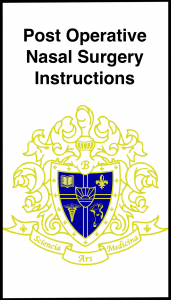
………………………………………………………………………………………………………………………………………………………………………………………………………………………………………………………………………………
………………………………………………………………………………………………………………………………………………………………………………………………………………………………………………………………………………
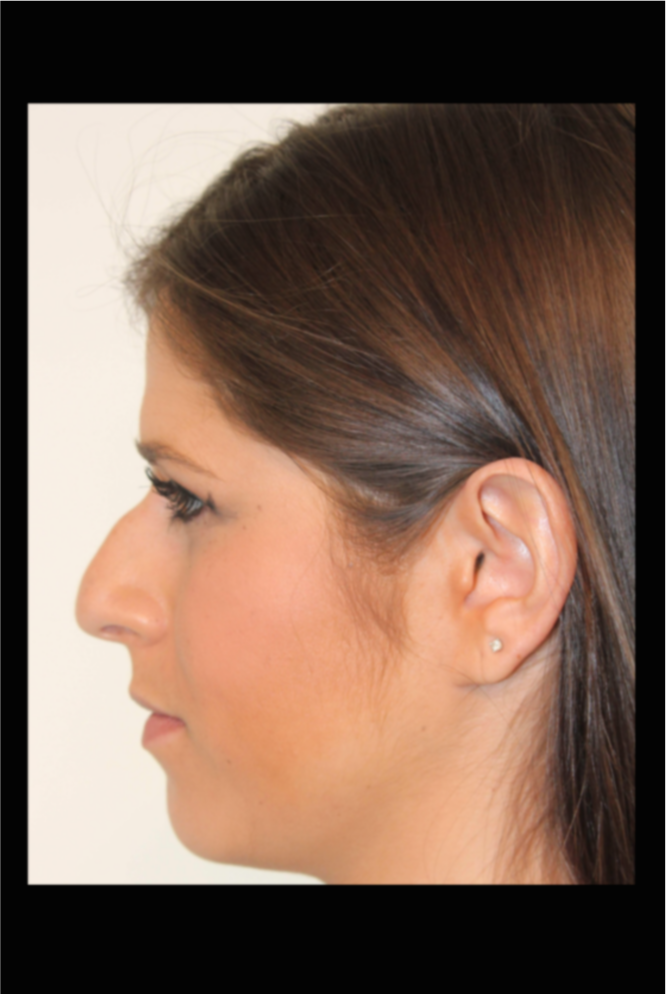
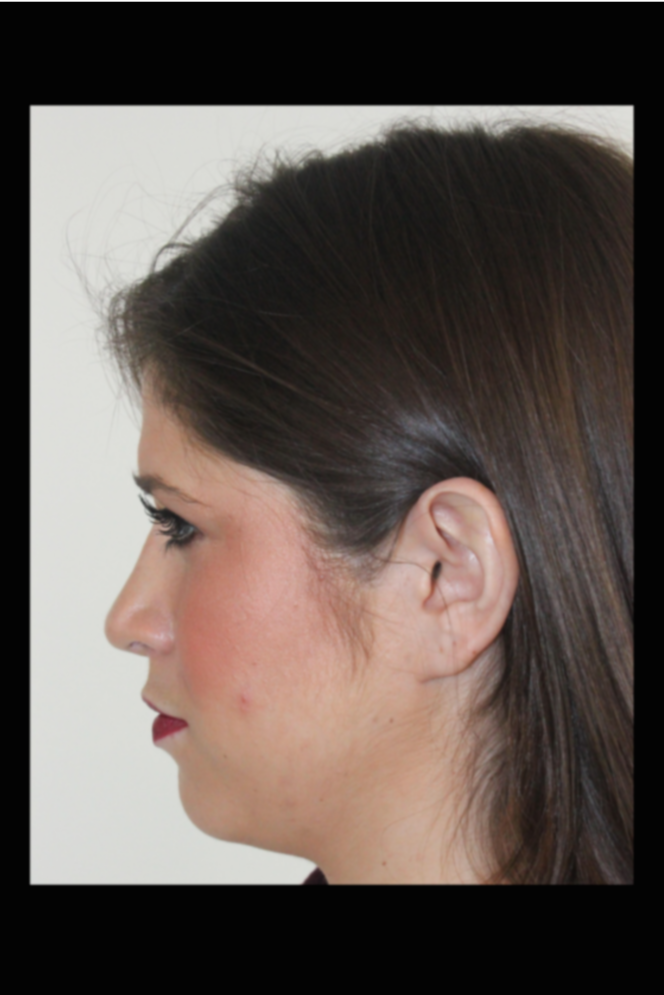
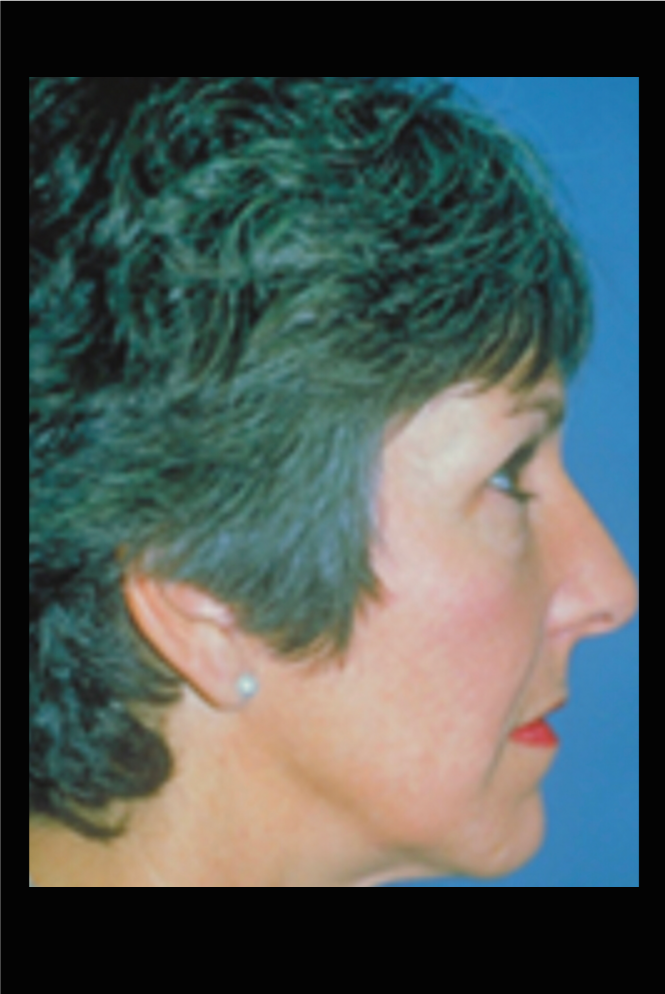
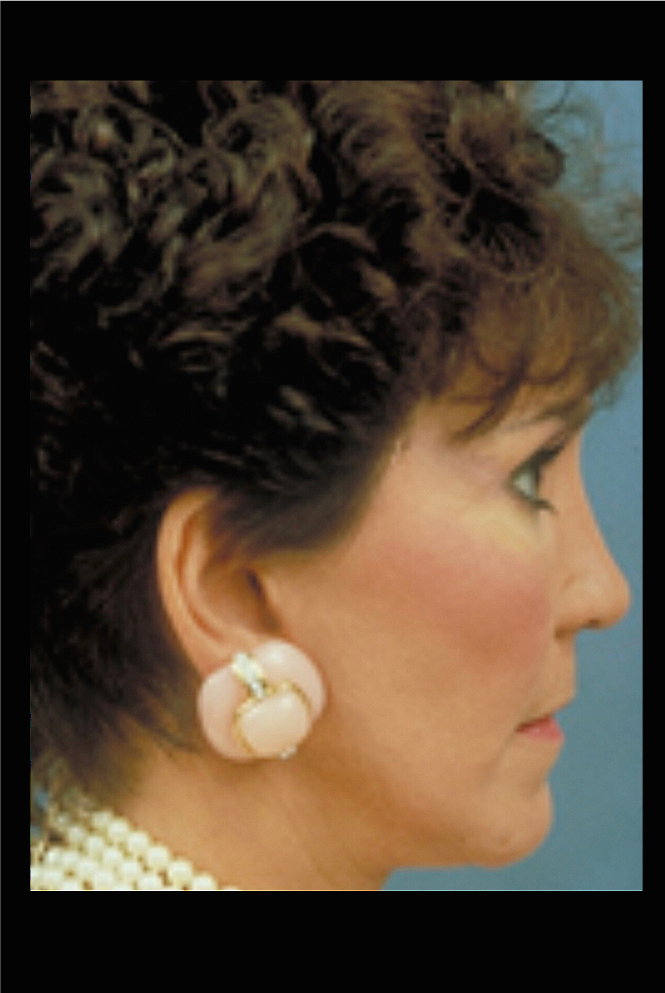
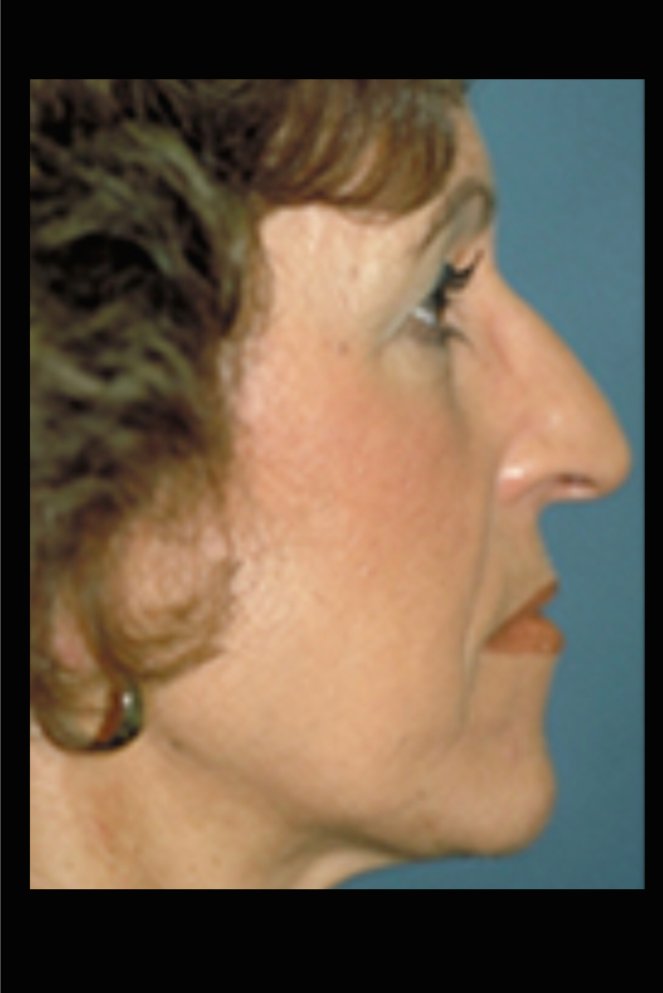
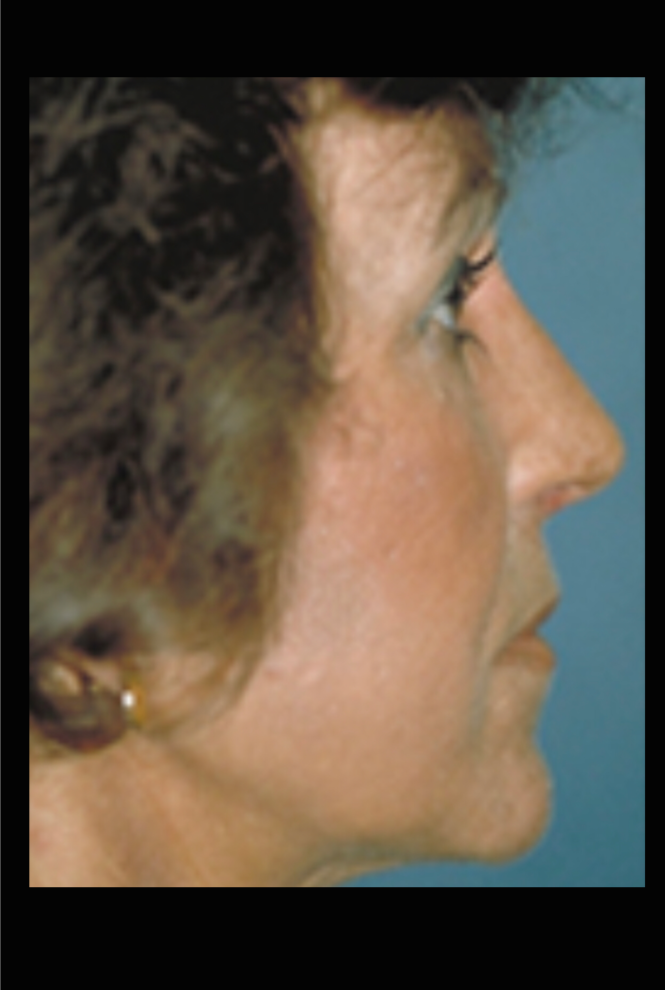
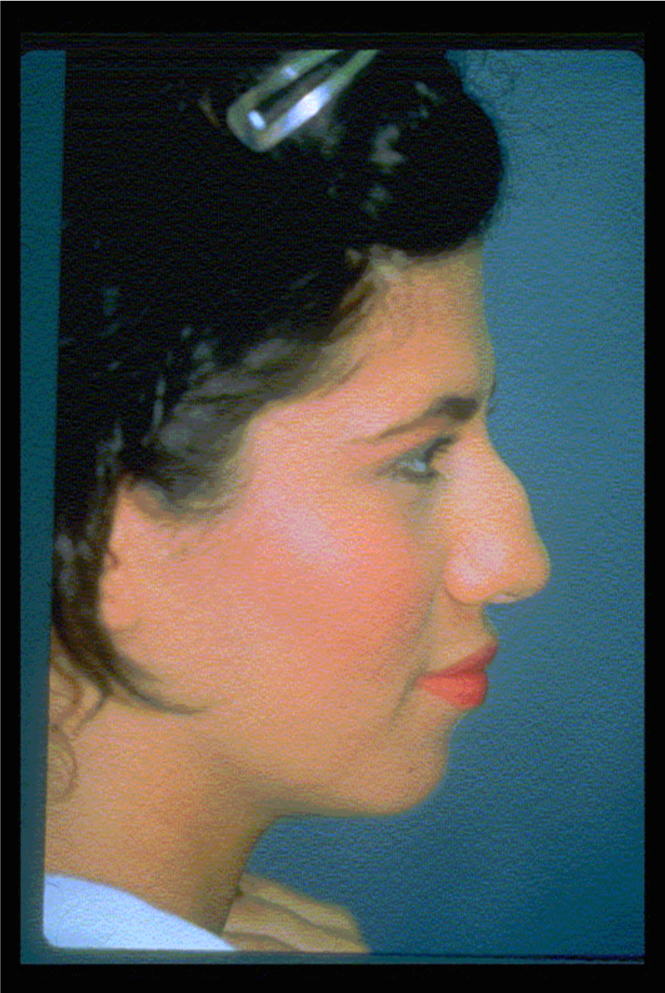
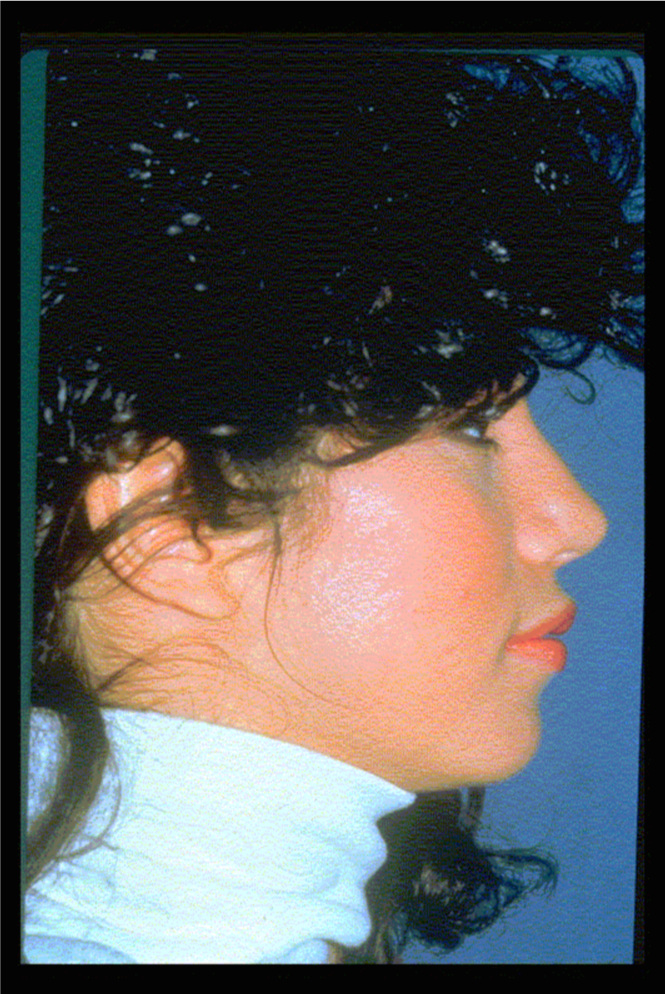
Schedule A Consultation Now!
Communication is not secure. Contacting the practice does not establish a physician/ patient relationship.*